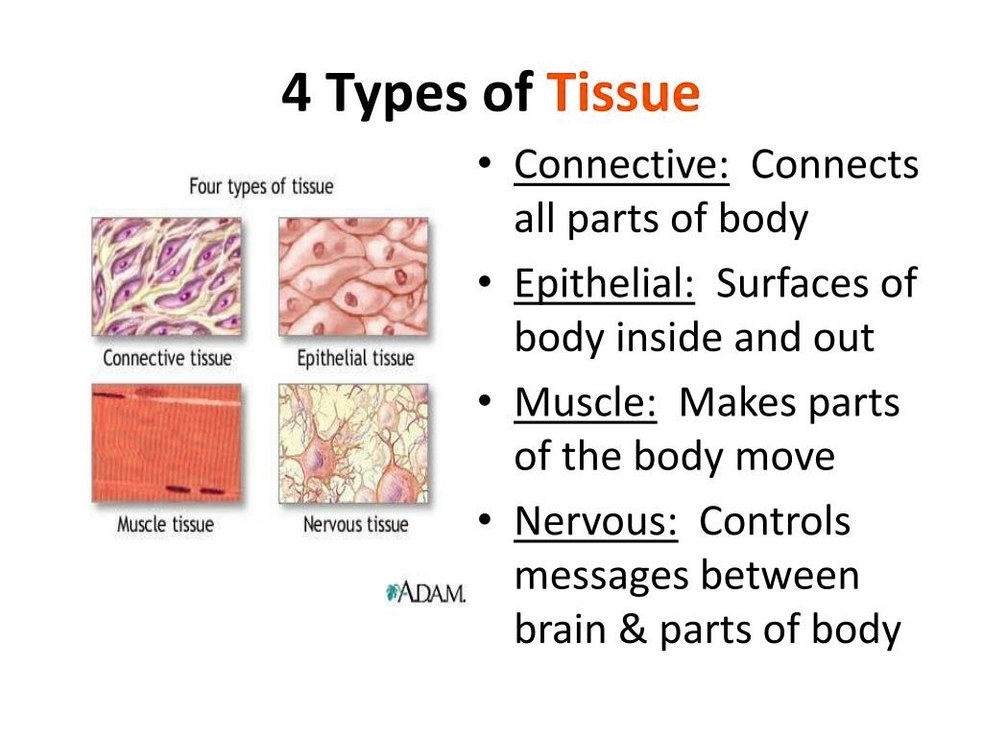Connective Tissue Anatomy
Connective tissue is a fundamental component of the body, playing a crucial role in providing support and cohesion to the body’s organs. It is the most abundant and widely distributed of the primary tissues.
Components
Connective tissue consists of three main components: cells, fibers, and ground substance. Together, the ground substance and fibers make up the extracellular matrix (ECM). The properties of each connective tissue are designated by the ratio of these components.
Cells
The primary cell of connective tissue is the fibroblast. Its function is to produce and maintain the ECM of connective tissue. Besides fibroblasts, several other cell types are present. These are the cells of the immune system (macrophages, lymphocytes, and mast cells) and adipocytes.
Fibers and Ground Substance
The matrix consists of fibers and ground substance. The kinds and amounts of fiber and ground substance determine the character of the matrix, which in turn defines the kind of connective tissue.
Types of Connective Tissue
Connective tissue is classified into two subtypes: soft and specialized connective tissue. Based on the cells present and the ECM structure, we differ two types of connective tissue: Connective tissue proper; further divided into loose and dense connective tissues, and Specialised connective tissue; reticular, blood, bone, cartilage, and adipose tissues.
Functions
Connective tissue plays many essential roles, namely in conferring stability, aiding in defense, and in organization and differentiation of surrounding tissue. It is the tissue that connects or separates, and supports all the other types of tissues in the body. As the connective tissue is the glue that holds all other tissues together, it has the important function of ensuring that our body systems work in harmony.
Conclusion
In summary, connective tissue is a vital component of the body’s structure, providing support, protection, and cohesion to the body’s organs. Its diverse types and functions make it an indispensable part of the body’s anatomy. Understanding its structure and function is key to understanding the body’s overall structure and function..

